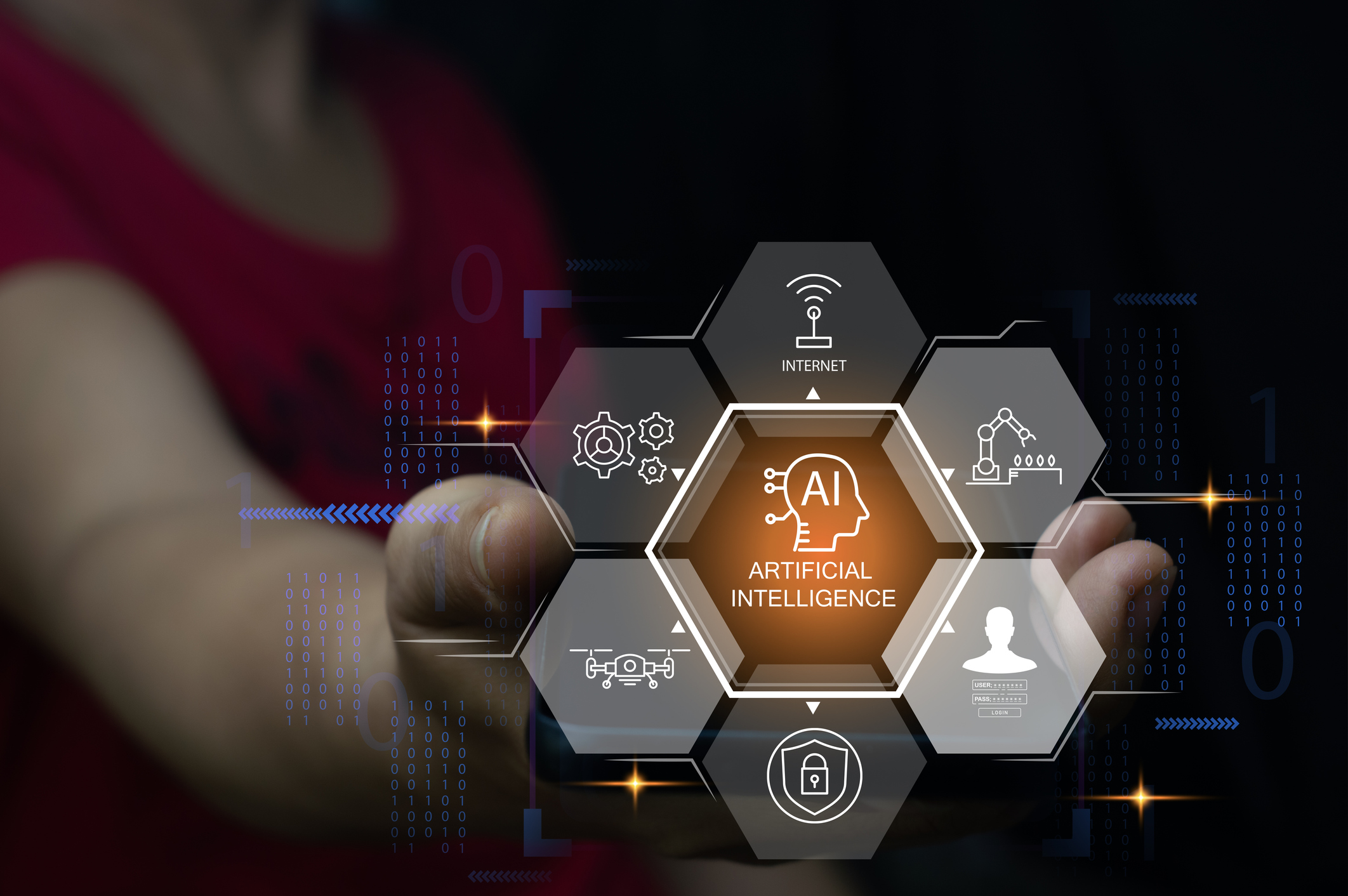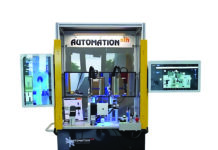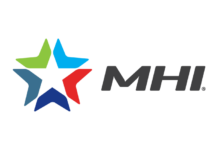
In the evolving landscape of industrial machinery, artificial intelligence (AI) is no longer a distant concept but a tangible reality revolutionizing the sector. As AI continues to permeate every facet of industrial operations, it’s crucial for companies to prepare their workforce for this transformation. The integration of AI not only enhances productivity but also opens up new avenues for innovation and efficiency. This article explores the growing use of AI in the industrial machinery sector and provides actionable strategies for companies to equip their workforce with the necessary skills and knowledge to leverage these advanced tools effectively.
The Rise of AI in Industrial Machinery
AI technologies such as machine learning, predictive analytics, and robotic process automation are rapidly becoming integral components of industrial machinery. These technologies enable machines to perform tasks with greater precision, efficiency, and adaptability. For instance, AI-driven predictive maintenance can foresee equipment failures before they occur, reducing downtime and maintenance costs. Similarly, AI-powered robots can handle repetitive and dangerous tasks, enhancing worker safety and productivity.
The Imperative for Workforce Development
While AI promises significant benefits, its successful implementation hinges on the readiness of the workforce to embrace and utilize these technologies. The shift towards AI necessitates a comprehensive approach to workforce development, encompassing training, education, and a cultural shift within organizations.
1. Assessing Skill Gaps
The first step in preparing the workforce for AI integration is to assess the existing skill gaps. This involves evaluating the current capabilities of employees and identifying areas where AI knowledge and skills are lacking. Companies can conduct surveys, interviews, and assessments to gauge the readiness of their workforce and pinpoint specific training needs.
2. Providing Targeted Training Programs
Once skill gaps are identified, companies should develop targeted training programs tailored to their workforce’s needs. These programs should cover a range of topics, from basic AI concepts to advanced applications in industrial machinery. Training can be delivered through various formats, including online courses, workshops, and hands-on sessions.
For instance, basic training might include an introduction to AI, its applications, and its potential impact on the industry. More advanced training could delve into specific AI tools and techniques, such as machine learning algorithms, data analysis, and the use of AI in predictive maintenance and quality control.
3. Fostering a Culture of Continuous Learning
AI and related technologies are continually evolving, making it essential for companies to foster a culture of continuous learning. Encouraging employees to stay updated with the latest advancements in AI can be achieved by providing access to ongoing training opportunities, industry conferences, and professional development courses.
Creating an environment where continuous learning is valued and supported not only enhances the workforce’s capabilities but also fosters innovation and adaptability. Employees who are well-versed in the latest AI technologies can contribute to the company’s growth and competitiveness in the rapidly changing industrial landscape.
4. Encouraging Collaboration and Knowledge Sharing
Collaboration and knowledge sharing are key components of effective workforce development. Companies should create platforms and opportunities for employees to collaborate, share insights, and learn from each other. This can be facilitated through internal forums, cross-functional teams, and mentorship programs.
By fostering a collaborative environment, companies can ensure that knowledge and skills related to AI are disseminated throughout the organization. This collective intelligence can drive innovation and problem-solving, enabling the company to maximize the benefits of AI integration.
5. Partnering with Educational Institutions
Collaborating with educational institutions can provide companies with access to cutting-edge research and training resources. Partnerships with universities, technical schools, and industry associations can help bridge the gap between academic knowledge and practical application.
These partnerships can take various forms, such as sponsoring research projects, offering internships, and participating in advisory boards. By engaging with educational institutions, companies can ensure that their workforce development programs are aligned with the latest industry trends and technological advancements.
The Role of Leadership in AI Integration
Leadership plays a pivotal role in the successful integration of AI into the workforce. Leaders must champion the adoption of AI technologies and communicate the benefits and opportunities they present. Clear and transparent communication can alleviate concerns and resistance among employees, fostering a positive attitude towards AI adoption.
Leaders should also lead by example, demonstrating a commitment to continuous learning and professional development. By prioritizing workforce development and investing in training programs, leaders can create a culture that embraces innovation and technological advancement.
Conclusion
The integration of AI in industrial machinery is reshaping the industry, offering unprecedented opportunities for efficiency, innovation, and growth. However, the successful adoption of AI hinges on the readiness and capability of the workforce. By assessing skill gaps, providing targeted training, fostering a culture of continuous learning, encouraging collaboration, and partnering with educational institutions, companies can prepare their workforce to harness the power of AI effectively.
Leadership plays a crucial role in this transformation, guiding the organization through the transition and ensuring that employees are equipped with the necessary skills and knowledge. As AI continues to evolve, companies that invest in workforce development will be well-positioned to thrive in the new era of industrial machinery. Embracing AI is not just about adopting new technologies; it’s about empowering the workforce to drive innovation and achieve excellence in the industrial landscape.



















